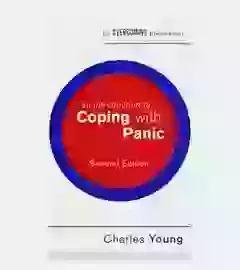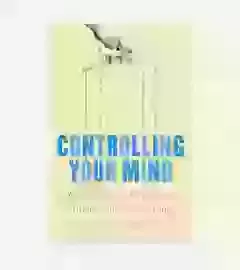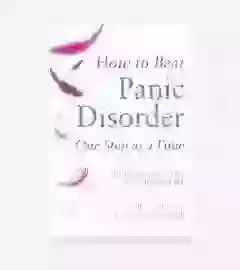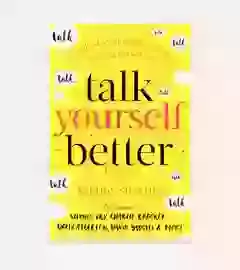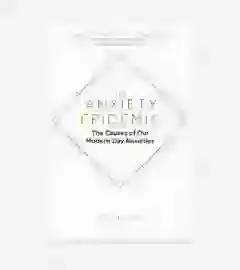How Can I Help Myself?
There have been impressive advances in the treatment of panic disorder since the early 1980s. Studies and clinical experience have shown that, with guided practice, most sufferers of panic disorder can make a good recovery. Medications such as minor tranquillisers and tricyclics (traditionally used to treat depression) are effective in reducing the symptoms of panic, but for those who are unable, or do not wish to, use medication there are also a range of effective non-drug approaches to treating the disorder. Cognitive behavioural therapy (CBT), in particular, has been used extensively and can make a major impact on panic and agoraphobia; indeed, over 80percentt of panic sufferers report significant and lasting improvement from using this approach.
Cognitive behavioural therapies work by addressing the patterns of thinking that are associated with a person's problematic behaviour and symptoms, and offering strategies and techniques for breaking these negative thought processes. CBT offers the sufferer from panic disorder and agoraphobia the possibility of learning, by practice and repetition, new ways of dealing with difficult situations and the anxieties they may cause.
Treatment is usually conducted by a therapist, but many of the CBT mechanisms have also been adapted into the form of self-help manuals. These manuals help the sufferer to recognise and address the range of reactions, thoughts and feelings that they may be experiencing and offer a systematic programme of treatment which the sufferer is advised to work through to overcome their difficulties. For a great many people, cognitive behavioural self-help manuals provide a lifeline to recovery and a better future.


